This page is more than four years old and was last updated in February 2024.
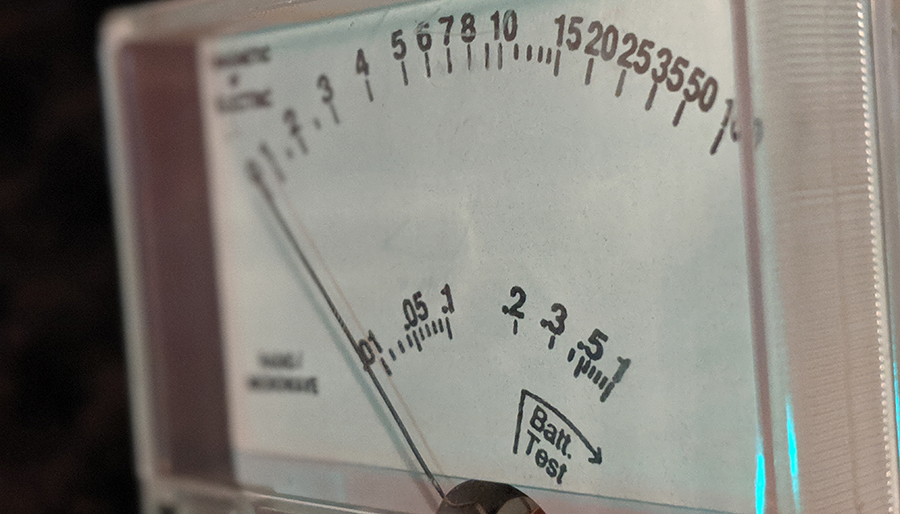
I recently bought a ghost hunting gadget called a TriField Meter. It's nothing new, in fact they've been around quite a while but I've not seen one for myself until I bought my own on eBay.
My first memory of this gadget was in the early episodes of 'Most Haunted' when Phil Whyman, was part of the team. During Yvette Fielding's initial walk around the location you'd see Phil with this squeaky box and taking baseline readings, which he jotted down on his famous clip board.
Later in the episodes, during the investigation, if someone experienced something odd Phil would wave the gadget around them to try to detect anything odd. This is how the device is supposed to be used. It doesn't detect ghosts, but it allows you to eliminate the possibility of certain manmade and natural phenomenon from your investigation, which might affect the people present or the building.
Unfortunately, since these early days of paranormal investigation things have changed add the popular K-II meter has become a staple ghost hunting tool. The K-II is a very limited device which detects only AC (alternating current), electromagnetic fields of a manmade nature within a relatively limited range. The K-II is far from perfect, it's cheap and its circuitry and components aren't shielded, which means it also gives false positives as a result of manmade radio interference and noise from countless other sources.
What makes the K-II's use during paranormal investigations even more flawed is that investigators no longer use them to measure baseline readings of the ambient electromagnetic field, or to detect spikes and fluctuations that could be causing people present to feel, see or hear things that aren't really there. Today's investigators use the K-II essentially as a "ghost detector" or method of communication.
So if you spend your hard-earned cash on a TriField Meter, which is a lot more costly than a K-II meter, then you really need to use it correctly and for its intended purpose. Where it is additionally beneficial is as a method of debunking false positives that register on a K-II meter. For example if the lights erratically flash on the K-II, you can use the TriField Meter to determine whether this is radio frequency interference, an electromagnetic field created by a near by electrical appliance, or a natural phenomenon.
Instructions For Use During Investigations
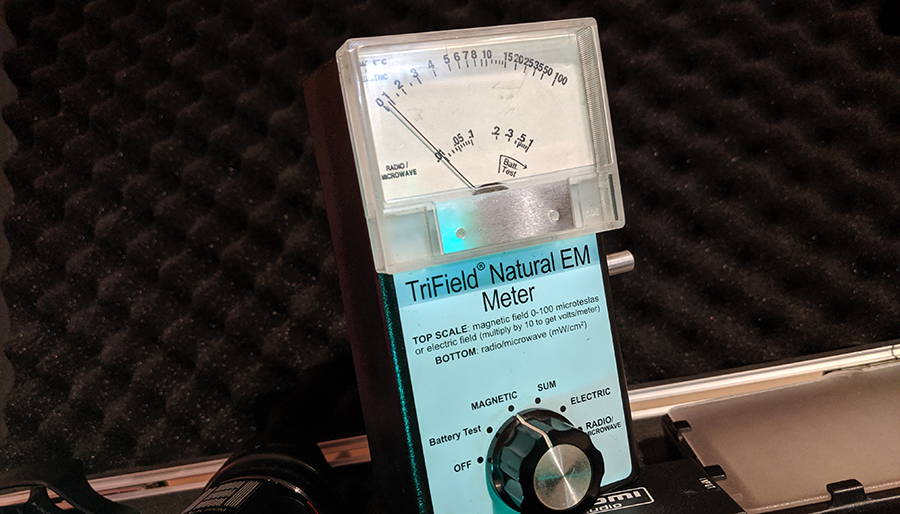
Ideally you should use this device before your investigation. Turn it to 'sum' and sweep each part of the location you intend to investigate. In this mode the device will alert you to any high areas of electromagnetism, this could be the result of electrical equipment, nearby wiring, or sources of magnetism. You should take note of any areas where there is a spike.
You'll notice that when you switch the device to either 'magnetic', 'sum', or 'electric' that the needle will jump and give a high reading. This is just a calibration function, you should allow it to settle for 30 seconds before taking your readings.
Since we create static charge when we move around, it is important to be still when taking your measurements and always give the needle time to settle in each new position - you should allow at least five seconds for the needle to return and rest at zero.
You'll notice that it can detect you waving your hand near the meter, but it can also pick up someone moving even in the next room in some situations. So, you should also be aware of the whereabouts of other people in the building.
For best results, the TriField Natural EM Meter should be placed on a flat surface as it is sensitive enough to detect the Earth's geoelectric and magnetic field and the tiniest movements of the hand can change this. As you raise, lower or rotate the device it will vary in strength causing the device to trigger.
As well as the needle there is a built-in tone, which is handy when using the device in the dark as the screen doesn't light up in any way. You can tell the amount of change by the pitch of the tone. A small change just above the meter's threshold will give a low-pitch tone, where as a large change will produce a tone that is higher in pitch.
The tone can be turned off all together and the minimum threshold of the tone is adjustable, which is good since the tone is actually a lot more sensitive than the needle. Even when the needle looks like it's not moving the tone often sounds when the minimum threshold level is set to its lowest position.
You can adjust the tone using the knob on the side of the meter. To do this, first turn the knob clockwise to its highest setting, before waiting for the needle of the device to settle, then slowly turn the knob anticlockwise until you reach a point where the sound stops. Now any fluctuation above this minimum resting point will trigger a tone.
During the investigation, ideally you should try to avoid the area with high EM fields, but if you can't then you should be aware that the EM field here could result in unusual sensations, odd visions like flashes or dark spots, and other phenomenon associated with hauntings. If any of the team experience this sort of phenomenon in areas with a high EM field then additional care should be taken to verify them or they should be discredited.
If you are in an area where there was no EM spike in your initial baseline readings, yet someone experiences something odd here, then that strengthens your evidence, but you should have your TriField Meter to hand to check that a new source of electromagnetism hasn't caused the phenomenon. This could be as the result of something being moved, switched on or entering a different mode of operation. It could also be caused by a thunderstorm, which can cause the electric field indoors to fluctuate strongly.
Some paranormal investigators will tell you that rather than using 'sum', the mode labelled 'electric' is better for ghost hunting, but this is usually those who use the device incorrectly as a ghost detector. The 'sum' mode is a better option as it will alert you to not just areas of high electromagnetism, but also area of high magnetism.
If you get a spike on your meter when using 'sum', then you can switch to 'electric' or 'magnetic' to determine the nature of the EM spike.
Advertisement ‐ Content Continues Below.
What Does A TriField Meter Detect?
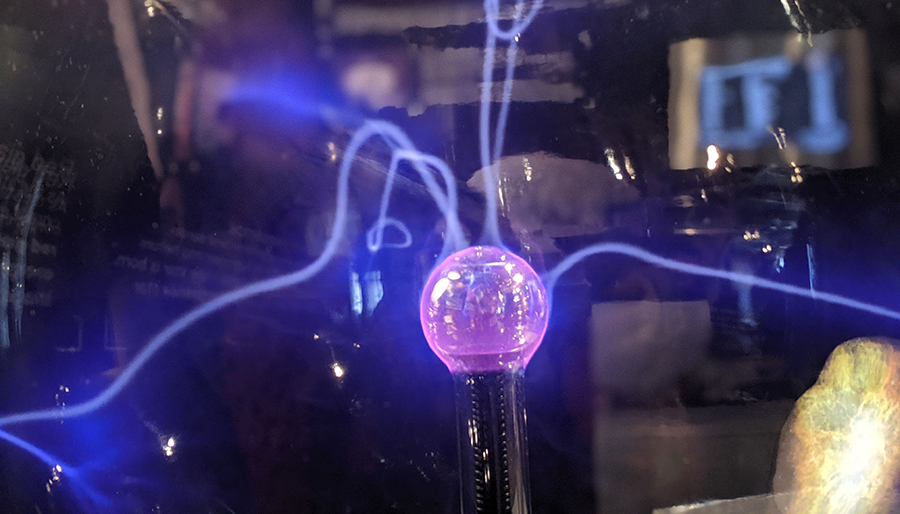
The TriField Meter is a device that detects small changes in extremely weak DC (direct current) fields, magnetic fields, and some radio signals.
If you're not a physicist or an electronics engineer, then it may be a little tricky to grasp exactly what this meter can detect. For example when looking to buy a TriField Meter I stumbled across an online paranormal equipment store that told me that the TriField Meter can detect "natural and manmade frequencies" - this is only partially true. The meter is designed to ignore a lot of manmade fields.
The important thing to remember with this meter is that it measures the change in a field, not its strength. When any other EMF meter lights up, the lights or numbers display on the screen tells you the current strength of the field you have encountered. The TriField Meter only measures the change in field strength, which is why when it is moved into a field and spikes, the needle will settle again after a few seconds - the field strength remains the same but there is no further change.
The needle moves up the scale for both a negative and positive change. For example if you move the device into an area of high field strength and the needle jumps up to 50, once the needle has settled again and you move the meter out of that field, it should jump to 50 again. Like the needle, the tone will make the same sound whether the field increases or decreases.
Electric Detection Mode
When the meter's main control dial is set to 'electric' it can detect very small changes to the ambient electric field. Typically in an indoor situation there are some minimal fluctuations in the strength of these ambient fields, so the meter has been calibrated to ignore these tiny changes in order to give a more stable and useful reading.
The TriField Meter is a Natural EM Meter that detects natural electric fields, all of which are DC. It is designed to ignore AC as these are always manmade. You can test this for yourself by placing your meter next to a kettle and turning it on. Although the appliance is pulling in over 1kW of power, it won't produce a field that the meter is sensitive to. However, a K-II meter will react to this as they are designed to only pick up on AC currents and not natural DC currents.
Another thing to remember is that not all electrical gadgets are AC. Anything that runs on batteries uses a DC current and most devices with a power adapter, like a phone charger or 12v plug uses DC. So you might find that things like low voltage security cameras, low power LED lighting, and even doorbells move the needle.
Human beings and animals usually emit an electric field which is detectable using the meter in most situations, although sometimes a person will carry no electric charge and will therefore be 'invisible' to the meter.
Magnetic Detection Mode
When the device's main control dial is set to 'magnetic' the meter will be sensitive to changes in magnetic field strength as little as 0.5% of the strength of the Earth’s magnetic field. The meter will react to changes caused by rotating the meter in the Earth's magnetic field, by a moving magnetic object, or by DC currents carried by wires or the atmosphere - which produce a magnetic field.
The meter can be used to determine if an object is magnetic. For example, moving the meter over a a piece of metal like cutlery will reveal if it is magnetised. Any changes in the direction or strength of the magnetic field will register and in turn move the needle.
Sum Mode
When the meter's main control dial is set to 'sum' the needle and tone will reflect the sum of the magnetic and electric fields that the device detects. Basically, the meter adds together any changes in the electric field to any changes in the magnetic field, so that if either field increases or decreases, the needle will rise above zero, allowing you to find a disturbance in either type of field without having to switch between the two modes of operation. Radio wave and microwaves are not included in the sum.
Radio/Microwave Detection Mode
The device also has a separate setting to measure analogue radio waves and microwaves, which are found between 100 KHz and 3 GHz on the electromagnetic spectrum. This mode is less useful during paranormal investigation as there are no known effects of radio transmissions that can influence a person or building on a ghost hunt.
However, it can detect the transmissions of mobile phones, walkie-talkies, and WiFi-connected devices, which means that if a K-II starts flashing during an investigation you can switch the meter's main control dial to 'radio/microwave' and prove once and for all that the reason the K-II is lighting up is because of a manmade signal nearby.
As a bonus, this mode can also tell you if your microwave oven is leaking radiation.
Conclusion
TriField Meters are a lot more expensive than other EMF meters, this combined with the fact that they don't light up and have an old-fashioned analogue dial means that they aren't as popular with paranormal investigators.
However if you understand a little about the electromagnetic spectrum or the history of parapsychology, then you'll realise that the TriField is a much more useful tool than other EMF meters.
Even still, its practical uses on a ghost hunt are pretty limited. Even if a change in the electromagnetic field does cause someone to see or feel something during an investigation, this could have been the result of a highly targeted and intense burst of EM, so by the time you grab your TriField Meter and wave it around their head, there may be no sign of anything unusual.
If you do manage to catch the EM burst and it coincides with someone experiencing something odd, you still can't rule out the possibility that they had a genuine paranormal experience which coincidentally occurred at the same time as an electromagnetic anomaly.
So, is a TriField Meter fit for purpose? Well, a lot more so than some ghost hunting gadgets when it's used in the right way, but you're better off just relying on your own senses and devices which mimic those senses. For example a camera to 'see' anything odd, a digital audio recorder to 'hear' any unexplained sounds, and a digital thermometer to 'feel' any changes in the environment.
Further Reading
Dive into the world of the paranormal and unexplained with books by Higgypop creator and writer Steve Higgins.

Alone At The Inn
The full account of a solo paranormal investigation at the Ancient Ram Inn, tied to a documentary film.
Buy Now
Investigating The Unexplained
Practical advice on conducting paranormal investigations and uncovering the unexplained.
Buy NowMore Like This

ScienceMarch 10, 2025
What Ghost Hunters Mean When They Talk About Dimensions
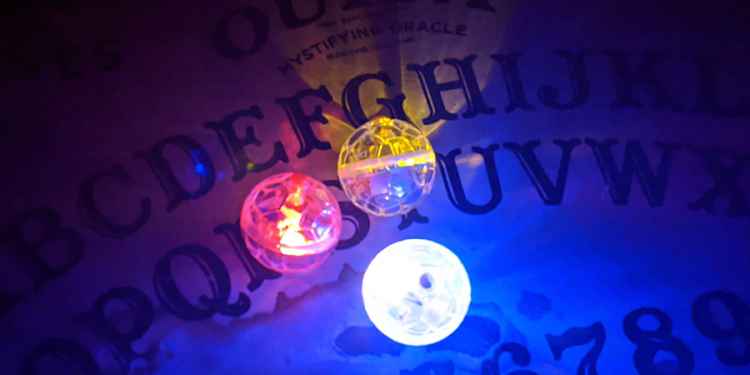
Ghost HuntingJanuary 26, 2025
These Are The Ghost Hunting Gadgets You Should Avoid If You Want To Be Taken Seriously As An Investigator
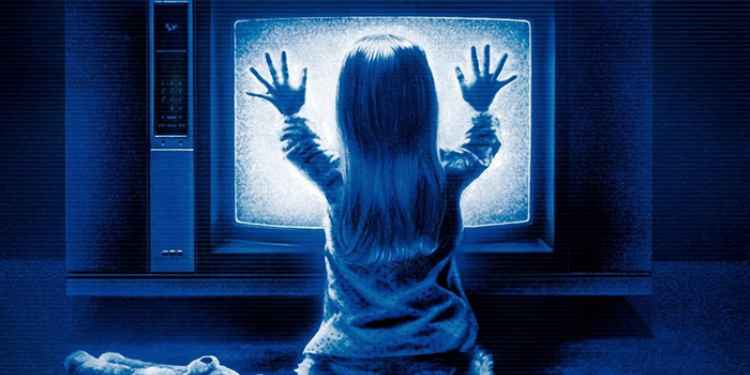
GamesDecember 09, 2024
Poltergeist Quiz
 See More on Audible
See More on Audible
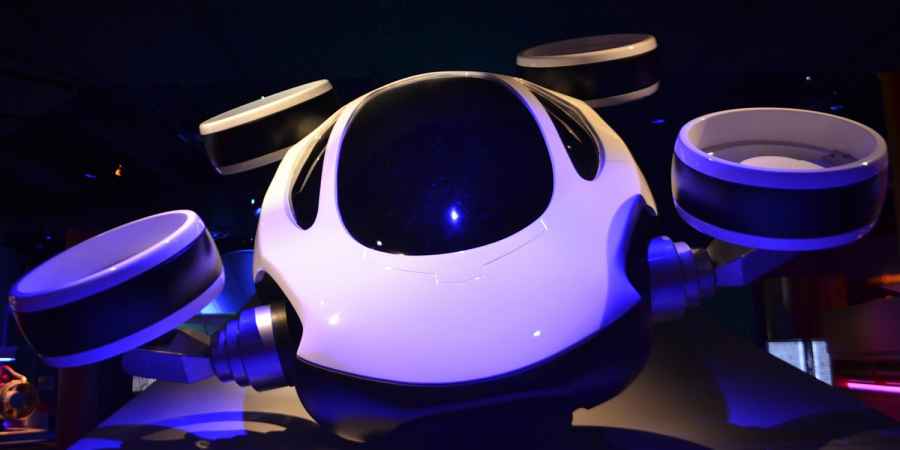

Comments
Want To Join The Conversation?
Sign in or create an account to leave a comment.
Sign In
Create Account
Account Settings
Be the first to comment.